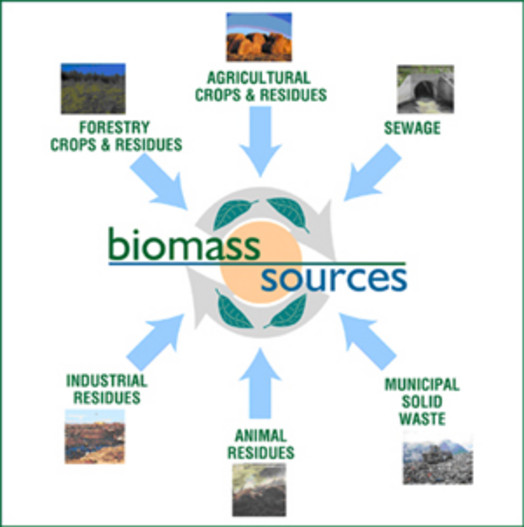There are different kinds of beneficial biomass. People regard these as beneficial because of the fact that these can reduce the emission of carbon dioxide or footprint in general. Aside from that, these also offer lots of other benefits to the different host communities. In a general sense, according to the studies of many scientists, there are at least four (4) kinds of beneficial biomass. These include energy crops, crop residues, forest residues as well as municipal and industrial wastes. These will all be explained briefly in the following sections below.

Energy Crops
On the one hand, there are some energy crops that, in fact, do not compete with the other food crops for various lands that are, in fact, considered beneficial biomass. People can, indeed, grow these on their own farms for substantial quantities. However, this is only beneficial if the plantation does not hinder, displace and reduce the food production of the community. In other words, this can be advantageous if people will plant these in some marginal lands that are not commonly for tilling food crops.
Crop Residues
There are some crop residues that can, indeed, be harvested and collected in order to provide for renewable energy. However, it must be noted that the manner of harvesting these crops should be in a sustainable way. This is because, in the ideal point of view, a portion of crops should be retained in the field in order to support the soil and prevent the occurrence of erosion.
Forest Residues
Thirdly, woody biomass materials are also among the many materials that can be exceptionally beneficial for communities. However, like the crop residues, it must be noted too that wood should be harvested in a sustainable way too. This is an extremely valuable reminder because some countries tend to overuse this as a source for biomass-based renewable electrification. As a result, this may compromise the forests. However, this shall not be the case.
Aside from that, there are also other forest residues that are beneficial too. For example, there are forest timbers that fall off the ground and people can collect for biomass. This is better instead of cutting an old tree for this purpose. I have said this because even old trees have some purpose too like habitat for birds.
Municipal and Industrial Waste Materials
Fourthly and lastly, urban wastes are among the widely-generated source of biomass. This is because people in cities produce these wastes in many forms like construction wood leftovers, garbage, paper, food and many more.
This article was written by Enviko
Different Kinds Of Beneficial Biomass

